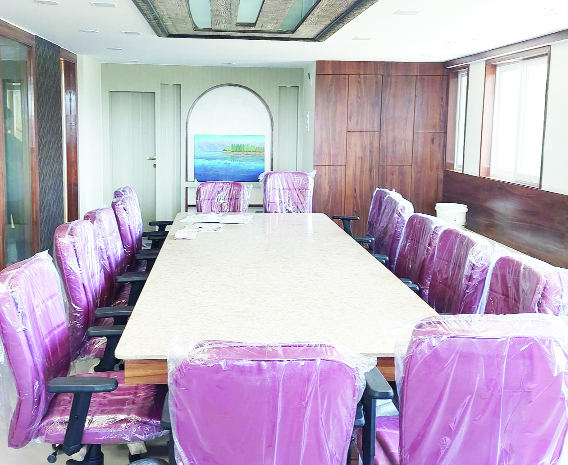Sunita (Khosa) Kemmu
After their seventh exodus from the Valley of Kashmir in 1990, Kashmiri Pandits the aborigines of the valley started feeling like a lost community. They have been scattered in small groups all over the globe. This has posed a great challenge to preserving the KP culture and identity.”When wealth is lost, nothing is lost; when health is lost, something is lost; when character is lost, all is lost.” said Billy Graham. For the KP community the case was that when culture is lost, everything is lost; the community is lost.
Culture is the shared characteristics of a group of people, which encompasses, place of birth, religion, language, cuisine, social behaviours, art, literature, and music. Culture can be defined as all the ways of life including arts, beliefs and institutions of a population that are passed down from generation to generation. It has been called “the way of life for an entire society.” As such, it includes codes of manners, dress, language, religion, rituals, art etc. etc. Culture is the lifeblood of a vibrant society, expressed in the many ways we tell our stories, celebrate, remember the past, entertain ourselves, and imagine the future. Cultural values are a culture’s core beliefs about what’s good or right. We all have cultural values. Our culture measures our quality of life, our vitality and the health of our society. Through our culture we develop a sense of belonging, personal and cognitive growth and the ability to empathize and relate to each other. Language is one of the most important parts of any culture. It is the way by which people communicate with one another, build relationships, and create a sense of community.
The cultural heritage of Kashmir valley is an amalgamation of sorts. The numerous civilizations that have inhabited the Kashmir valley from time to time, have left their impression on the culture of Kashmir. Kashmir abounds in ancient Literature, Language, Religion, Spirituality, Arts, Crafts, Dance, Music, etc. In fact, numerous people of Kashmir have also made significant contribution in the fields of Storytelling, Poetry, Philosophy, Sciences, etc. (Bharat Muni, Patanjali, Pt. Vishnu Sharma, Abhinava Gupta, Lalleshwari, to name just a few).
The handicrafts of Kashmir like Pashmina shawls, papier-machie products, silk carpets, woodwork, etc., are admired throughout the world. The renowned folk songs and dances are an integral part of the Kashmiri culture. Music and dance are a way of celebrating festivities for the people of Kashmir. At one point of time in the past, Kashmir has served as one of the highest learning centres of Sanskrit and Persian. With time, the cultural heritage of Kashmir has evolved. However, to a certain extent, this beautiful and peaceful valley managed to protect itself from the ravages of progress.
Festivals have been an expressive way to celebrate glorious heritage, culture and traditions. These were also means of passings on the legends, knowledge, traditions, principles & ethics onto the next generation. Unfortunately for the KP community scattered in small numbers all over the world, even the festivals got diluted over time.
The Kashmiri Pandits association (KPA), Mumbai has been organising Annual Havans, Cultural programs and Navreh get-togethers etc. to keep the KP culture alive and to ensure that the next generation remains connected. Recently, on 26th March 2024, KPA opened the ‘Gallery of Culture’ to public after a soft opening. The new and upgraded gallery of culture has been designed with the aim to touch upon the legacy, the heritage, arts, saints, artists and temples of Kashmir. There are separate panels for all these section in the galley. The gallery also has a library covering a range of books on Kashmir along with a reading cum meeting room. There is a picture of a typical and traditional KP house. A prototype of the Verandah(Koshur-Dabh) and a house boat have been constructed within the gallery. The ceiling has the Khutub craft of Kashmir. Painting of an elderly KP lady (by Veer Munshi) in the traditional attire is displayed inside the Dabh. Two sections showcase a young KP couple in the traditional attire and the common utensils (Samovar, Degchi, Duull, Toor etc) that used to be in vogue. One panel showcases how KP’s in general looked about a hundred years ago.
“Even though the gallery of culture has been opened to public, it is still a work in progress. A smart TV in the meeting room, More Kashmir specific books for the library along with a digital library and more coverage to the pieces of art, craft, artists, saints, Kashmir Shaivism etc. etc. will be added in future. We want our youngsters to be proud of our legacy, our culture and our heritage and help them remain connected to the roots” Said Mr. Krishen Kemmu the former president of the KPA, Mumbai.


